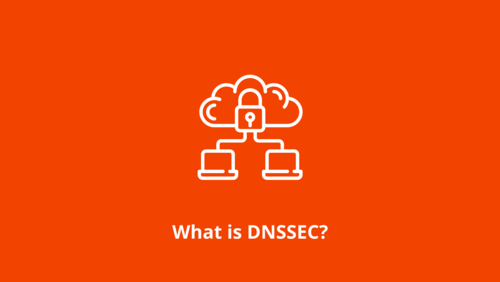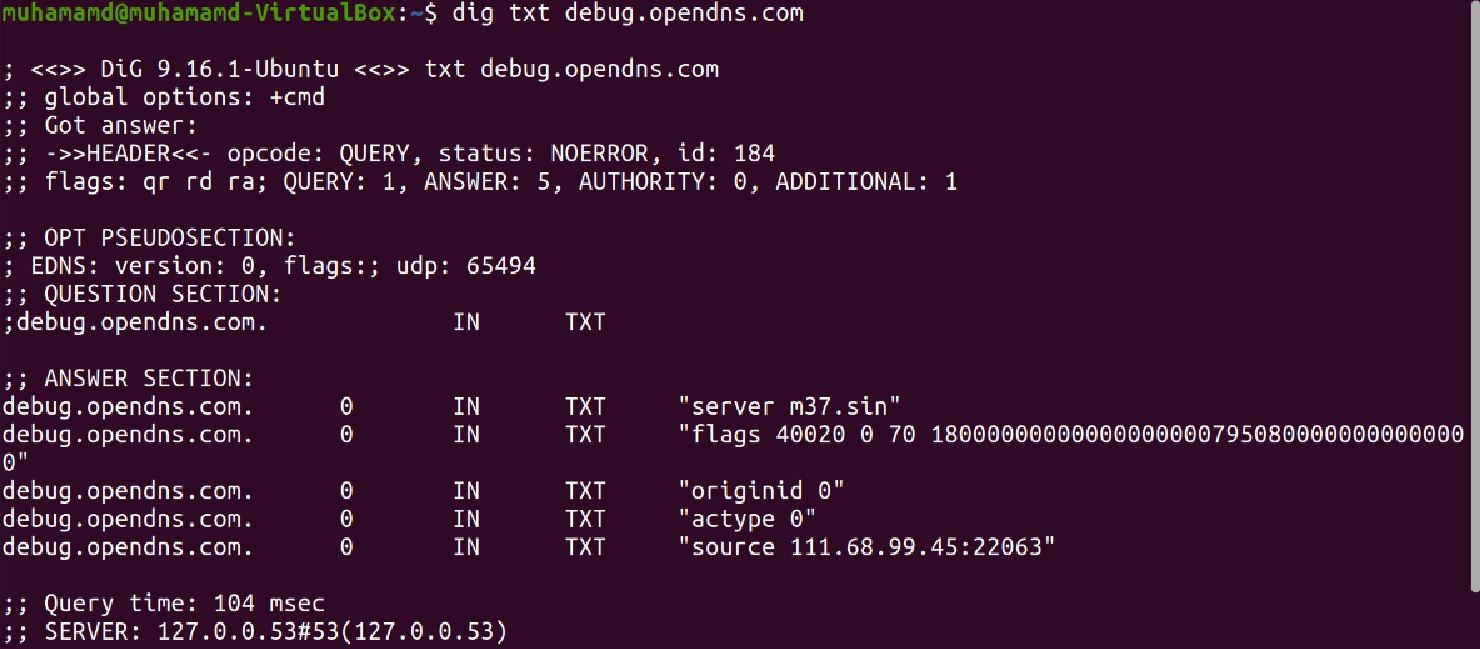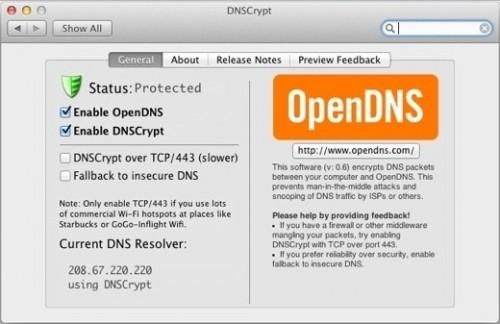

- How to use dnscrypt protocol how to#
- How to use dnscrypt protocol install#
- How to use dnscrypt protocol full#
- How to use dnscrypt protocol android#
- How to use dnscrypt protocol download#
# You are recommended to leave empty and to use a server load balancer (e.g. # If left empty, plain-text HTTP will be used. We’ll need it when we’ll setup Nginx.Ĭhange upstream variable. Open the file /etc/dns-over-https/nf in your favorite editor.
How to use dnscrypt protocol install#
This will install and start the service for you. If you compile it yourself, you won’t need to do this, the make install will have already taken care of it. deb-systemd systemd/rvice \ĭoh-server/nf=/etc/dns-over-https/ Install Downloadįor this tutorial, I’ve taken the time to compile and package DNS-over-HTTPS (Golang) and provide a deb file easily installable.įpm repository fpm -s dir -t deb -n doh-server -config-files /etc/dns-over-https/nf -v 2.0.1 \
How to use dnscrypt protocol download#
I provide 2 ways to install it, either you download the deb I provide or you compile the program (in golang) yourself. The next step is to install the server that implement the DoH protocol to get an HTTP request and do a DNS request. sudo systemctl restart dnscrypt-proxyīy default, the program use the socket library of systemd to listen 127.0.2.1:53.Īnd that’s it for dnscrypt-proxy. Find the general section and change the server_name variable. Open the file /etc/dnscrypt-proxy/dnscrypt-proxy.toml in your favorite editor. Keep in mind you can choose more than one.
How to use dnscrypt protocol full#
In case you don’t want to use their servers, you have the full list of available servers on the application website. To make thing simple in the guide, I’m using the DNS server of Cloudflare. Once installed, the service will start automatically with your machine. sudo add-apt-repository ppa:shevchuk/dnscrypt-proxy One of the contributor provides a PPA to help us install and keep the program up-to-date. I’m choosing Dnscrypt-proxy because it provides a fair range of server in all the world provided by the community or by big players (like google, cloudflare, etc …). It uses either its own protocol (dnscrypt) or DoH. This is a client that will take care to forward securely all the DNS requests your devices are going to do to your server. Let’s start by installing dnscrypt-proxy. For this guide, I only advise you to have a Debian based image (Debian, Ubuntu, etc …) Architecture Dnscrypt-Proxy All the request the machine will do will be encrypted and not accessible by Google.Īgain, if you’re more familiar with Digital Ocean, AWS, etc … please use the hosting provider you know the best. You can setup anywhere you want, I only advise there because they have a good image for Ubuntu 18.04 and the f1 micro instance is free forever. I advise you to setup a free f1 micro instance at Google Cloud Computing.
How to use dnscrypt protocol android#
The last part will provide you with a list of client for Windows, Linux, Android and iOS that supports DoH natively to be able to use it on all your devices. Useful if you own Android 9 (Pie) devices.
How to use dnscrypt protocol how to#
The third part explains how to add DNS-over-TLS to your setup. The second part explains how to make couple of changes to that configuration to have PiHole (dns server that block ads) as DNS server behind DoH. The first one covers how to setup a DNS-over-HTTPS (DoH) while using dnscrypt-proxy as DNS server to answer the requests. Also, it has some privacy implication where anybody between you and the DNS server can know what website you visit. To simplify, anybody on your network, your ISP, etc … can easily spoof DNS response and decide to send you to a different website than the one you desired. Responses from recursive resolvers to clients are the most vulnerable to undesired or malicious changes, while communications between recursive resolvers and authoritative name servers often incorporate additional protection. This is vulnerable to eavesdropping and spoofing (including DNS-based Internet filtering).

Traditional DNS queries and responses are sent over UDP or TCP without encryption. Also about DoH, I am excited to see ESNI but don't use browser based DoH yet due to lack of time to fuss with it.If you’re looking for an easy setup, checkout my review of NextDNS: DoT and DoH provider for easy ADBlocking. But if you have an hour to figure it out, blocking external port 53 is worth the time (note external, don't block internal host 53 because dnscrypt-proxy defaults to that).Īlso, leave the pi-hole running for phones, guest, etc but because the traffic is encrypted, you can't route dnscrypt-proxy traffic through a pi-hole. This causes additional work due the fallback_resolver parm and I had to set other parms to ensure the service starts up. I block external port 53 via the host firewall as a safeguard. The last time I looked at dnscrypt-proxy traffic, the data portion was white noise.

This will give you assurance your DNS traffic is encrypted. Put wireshark between a client and your gateway.

If you set up dnscrypt-proxy as per instructions, it works.


 0 kommentar(er)
0 kommentar(er)
